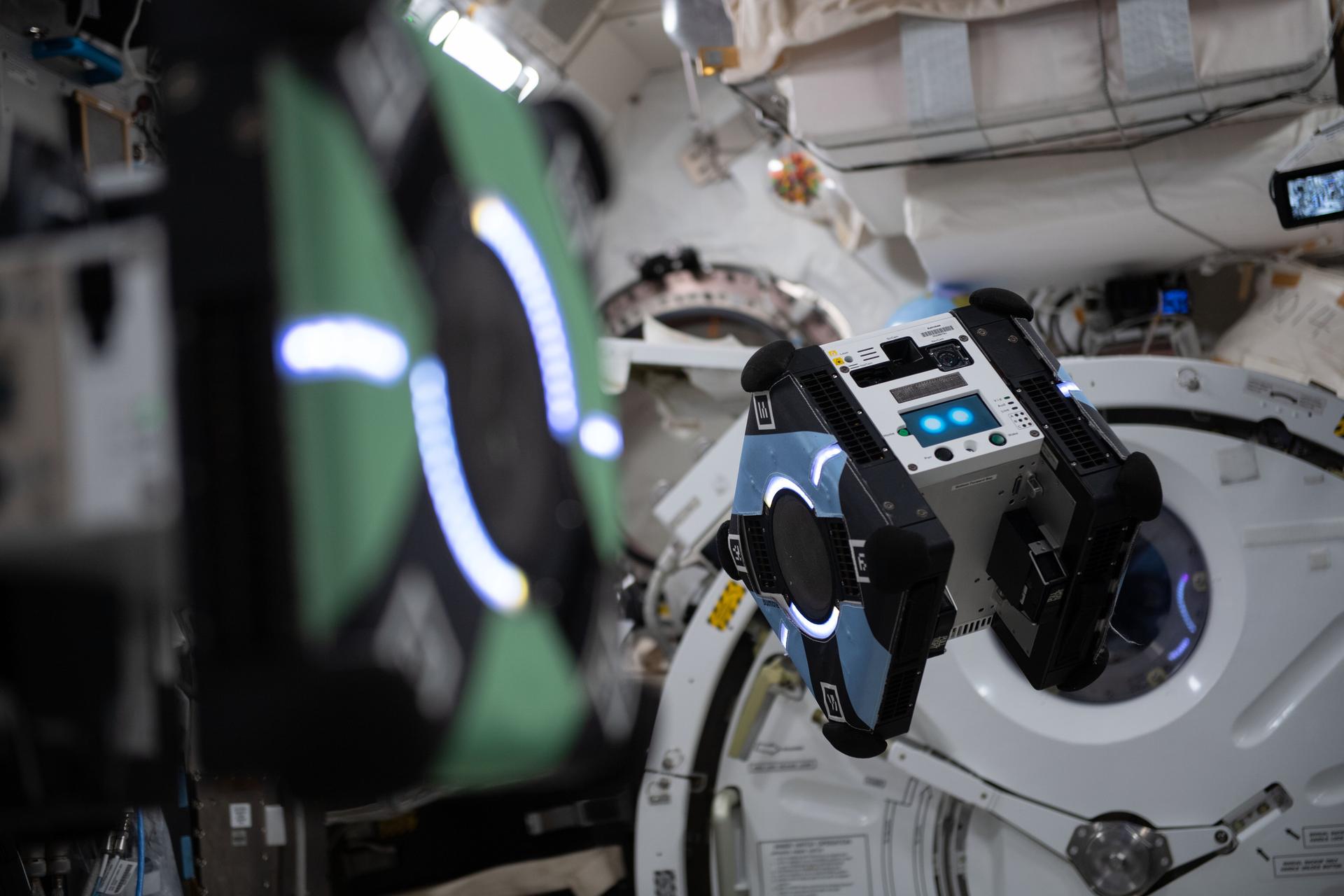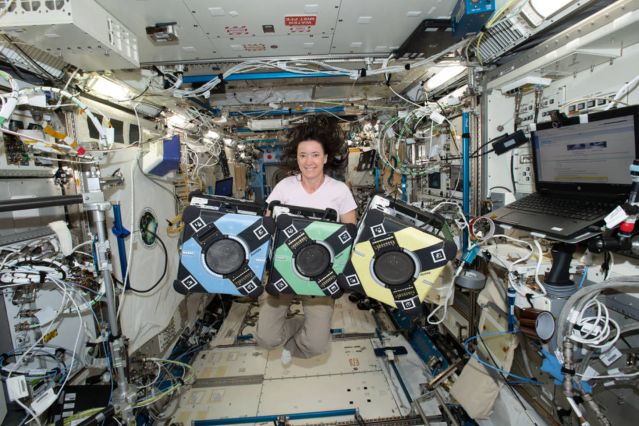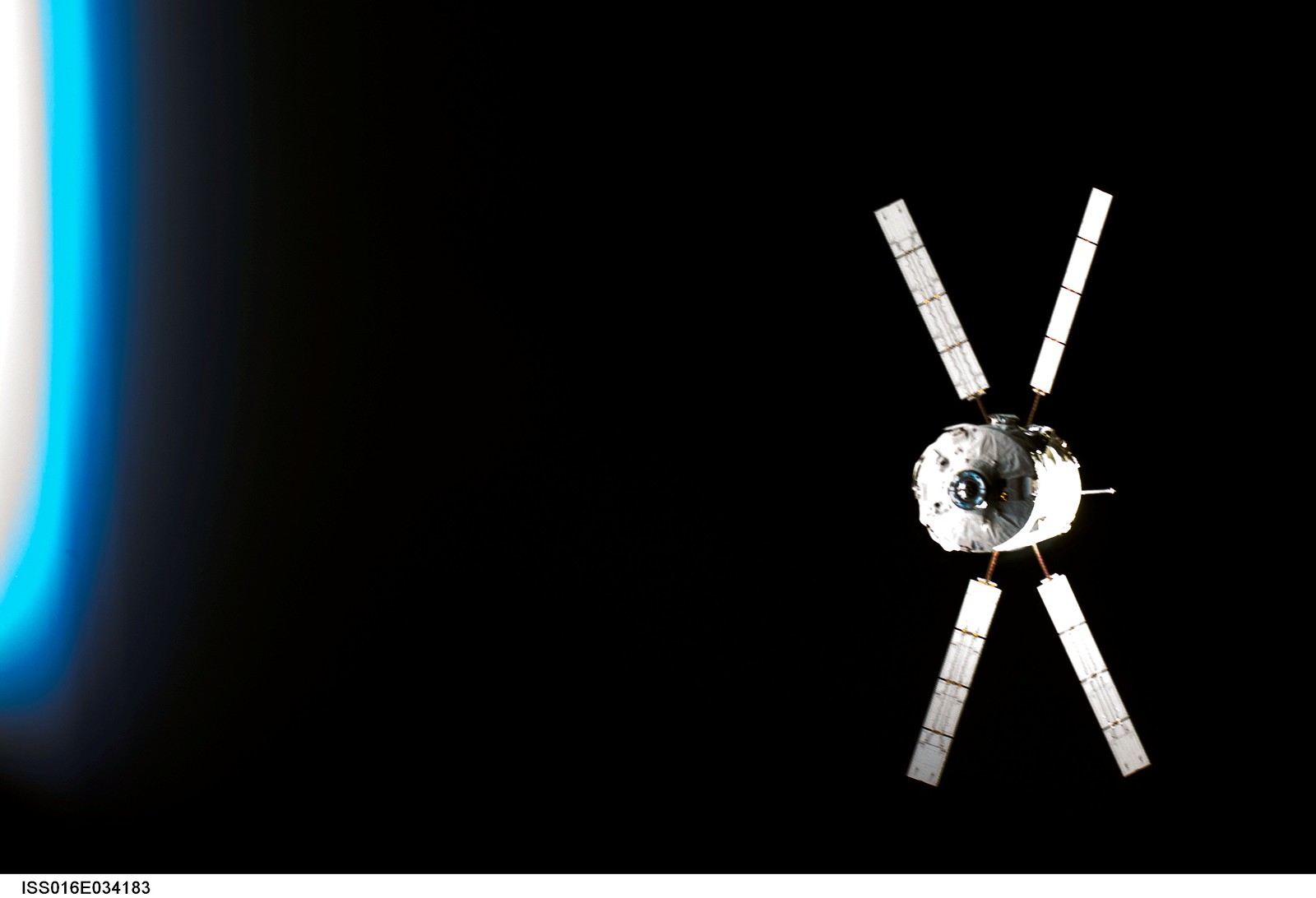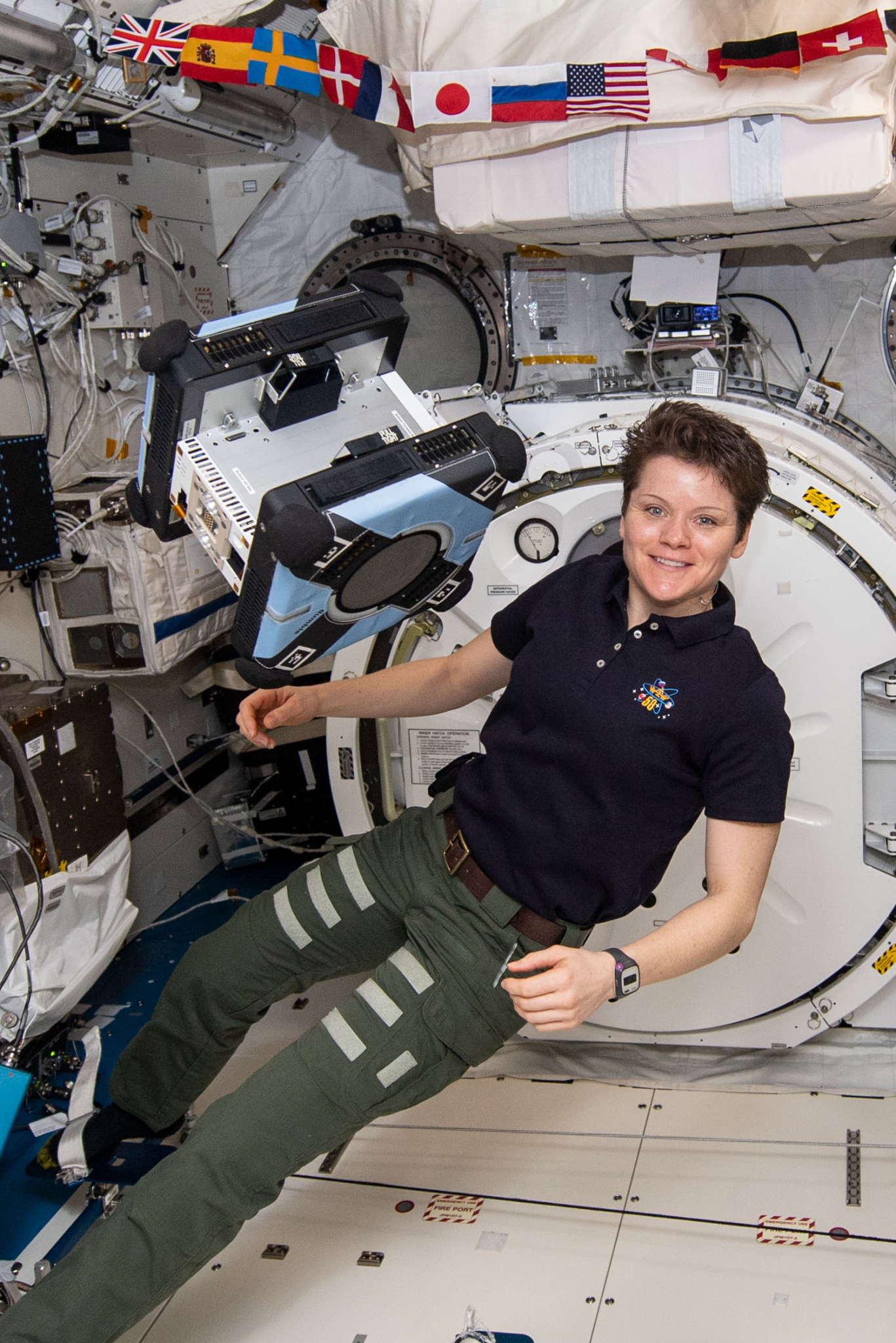


Astrobee
It turns out that astronauts could use some help with their chores, just like many of us on Earth. Juggling priorities and schedules plays a big part in an astronaut’s life aboard the International Space Station, and teams of flight controllers on the ground are constantly working to optimize the precious human work hours in space. Getting some assistance from robots that can take on some tasks will make work on the station more efficient.
NASA has developed three new robotic teammates to work alongside astronauts on the International Space Station as they help to advance research.

Astrobee, NASA’s new free-flying robotic system, will help astronauts reduce time they spend on routine duties, leaving them to focus more on the things that only humans can do. Working autonomously or via remote control by astronauts, flight controllers or researchers on the ground, the robots are designed to complete tasks such as taking inventory, documenting experiments conducted by astronauts with their built-in cameras or working together to move cargo throughout the station. In addition, the system serves as a research platform that can be outfitted and programmed to carry out experiments in microgravity – helping us to learn more about how robotics can benefit astronauts in space.
The Astrobee system consists of three cubed-shaped robots, software and a docking station used for recharging. The robots use electric fans as a propulsion system that allows them to fly freely through the microgravity environment of the station. Cameras and sensors help them to “see” and navigate their surroundings. The robots also carry a perching arm that allows them to grasp station handrails in order to conserve energy or to grab and hold items.
Astrobee builds on the legacy and lessons learned from the SPHERES robots – short for Synchronized Position Hold, Engage, Reorient, Experimental Satellite – which have been aboard the station for over a decade. Once the Astrobee system has been fully commissioned, it will take over for SPHERES as the space station’s robotic test facility, helping us to learn new capabilities in our journey to explore space.
Guest scientists will be able to use Astrobee to carry out investigations that will help to develop technology – both hardware and software – for future missions. Since the robots are modular and can be upgraded, the system gives researchers and scientists diverse capabilities for performing a wide range of experiments inside the station.
Robots will play a significant part in the agency’s mission to return to the Moon as well as other deep space missions. Robots such as Astrobee, have the capacity to become caretakers for future spacecraft, working to monitor and keep systems operating smoothly while crew are away.
Milestones:
- Astrobee’s docking station was launched to the space station on Nov. 17, 2018, aboard Northrop Grumman’s 10th commercial resupply services mission (Northrop Grumman CRS-10) from NASA’s Wallops Flight Facility in Virginia and was installed in the Japanese Experiment Module on the space station on Feb. 15, 2019.
- Astrobee’s free-flying robots, named Bumble and Honey, were launched to the space station on Apr. 17, 2019, aboard Northrop Grumman’s 11th commercial resupply services mission (Northrop Grumman CRS-11) from NASA’s Wallops Flight Facility in Virginia.
- Astrobee’s third free-flying robot, named Queen, and three perching arms were launched to the space station on Jul. 25, 2019, aboard SpaceX’s 18th commercial resupply services mission (SpaceX CRS-18) from Cape Canaveral Air Force Station in Florida.
Fast Facts:
- The three robots are named Honey, Queen, and Bumble.
- The robots are shaped like cubes 12.5 inches wide.
- When needed, the robots can return to their docking station and recharge their battery power.
- Each robot also carries a perching arm that allows it to grasp station handrails in order to conserve energy or to assist astronauts.
Partners:
- The Astrobee system was designed and built at NASA’s Ames Research Center in Silicon Valley for use inside the International Space Station. The project was funded by the Game Changing Development program within NASA’s Space Technology Mission Directorate and the Advanced Exploration Systems program, part of the Human Exploration and Operations Mission Directorate.
Learn more:
- Hi Honey! NASA’s Second Astrobee Wakes Up in Space
- NASA’s New Flying Robots: Bee-ing in Space for the First Time
- Astrobee’s First Robot Completes Initial Hardware Checks in Space
- Look, No Hands! NASA’s First Astrobee Robot “Bumble” Starts Flying in Space
- NASA’s Astrobee Team Teleworks, Runs Robot in Space
- Sticking Around: Astrobee Tests Gecko-Inspired Adhesives in Space
- Meet ISAAC, Integrating Robots with the Space Stations of the Future
- Oh, Hiiiiive! Astrobee Queen Wakes Up In Orbit
For researchers:
- Researchers interested in Astrobee and the Astrobee Guest Science Program can learn more here.
For news media:
- Members of the news media interested in covering this topic should get in touch with the technology media contact at NASA’s Ames Research Center, listed here.
Astrobee: Coming Soon to a Station Near You
This video was produced in early 2018, prior to Astrobee launch. Many thanks to the Advanced Concepts Lab at NASA Langley Research Center for outstanding 3D rendering and video production!
Learn More
























